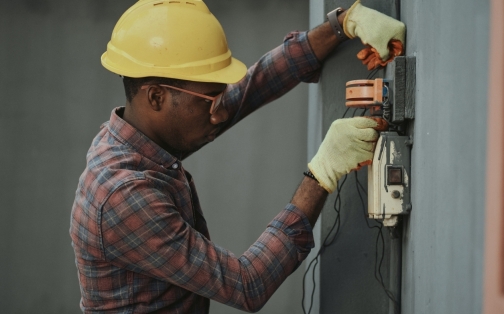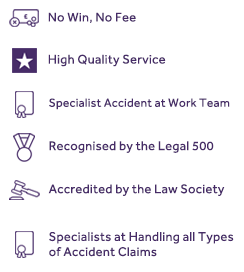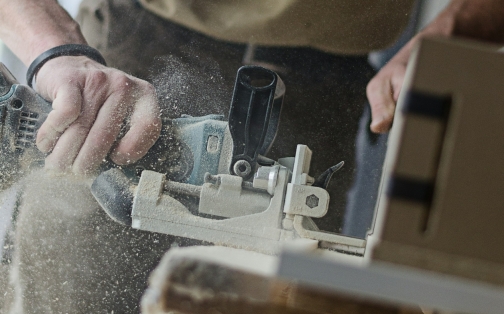

Carbon Monoxide: Can it be Deadly in the Workplace?
Known by some as the ‘silent killer’, carbon monoxide is a dangerous element that can be present in workplaces across the country.
You can’t see, smell, or taste it, meaning if your workplace has a carbon monoxide leak, employees may be completely unaware. The results of exposure to the gas can be severe, even resulting in death in worst-case scenarios.
What is Carbon Monoxide?
Carbon monoxide is “a colourless, odourless, tasteless, poisonous gas produced by incomplete burning of carbon-based fuels, including gas, oil, wood, and coal,” according to the Health and Safety Executive’s website. It goes on to say: “carbon-based fuels are safe to use. It is only when the fuel does not burn properly that excess carbon monoxide is produced, which is poisonous.”
Not being able to see, smell, or taste the gas is a worry, as exposure over an extended period of time can cause serious health issues, including paralysis and brain damage among others.
How is Carbon Monoxide generated?
The gas itself is generated if the process of burning fuel doesn’t happen completely. Known as incomplete combustion, there are some key things to look out if you are concerned about the production of carbon monoxide in your workplace:
- Yellow or orange, rather than blue, flames (unless it is a fuel effect fire or flueless appliances which display this colour flame as standard)
- Soot or yellow/brown staining around or on appliances
- Pilot lights that frequently blow out
- Increased condensation inside windows
Who is at high risk of poisoning within the workplace?
In theory, most employees are potentially at risk of carbon monoxide poisoning within the workplace, particularly one that is not compliant with the health and safety regulations, whose compliance is mandatory by law in the United Kingdom.
But the most high-risk are those that work in an environment that contains vehicles and their exhausts, portable petrol and diesel-powered generators and engines, propane-powered heaters, fuel-burning furnaces, forklifts, and similar equipment.
Warning signs of poisoning
There are a number of symptoms that can begin to appear if you are suffering from carbon monoxide poisoning. These include:
- Headaches or dizziness
- Breathlessness
- Nausea
- Loss of consciousness
- Tiredness
- Pains in the chest or stomach
- Erratic behaviour
- Visual problems
If you or someone you know has the above symptoms and may have been exposed to carbon monoxide, it is important to contact your GP or an A&E department.
Preventing this within the workplace
An employer and its employees can help to prevent carbon monoxide poisoning in the workplace.
Having an awareness of the sources of potential problems is important, with regular surveillance of the devices to ensure compliance and safety essential. An employer should have appropriate ventilation systems installed to filter toxic gases and educate workers on the hazards of carbon monoxide exposure.
These are just some ways employers and employees can help ensure a safe, compliant workplace.
Who is responsible?
There is a shared responsibility between an employer and employee when it comes to preventing carbon monoxide poisoning in the workplace. An employer has a duty of care for those working on-site, while an employee should be vigilant to the potential issues and be able to identify a problem quickly and react accordingly.
Share this article
Why choose Winn Solicitors?




